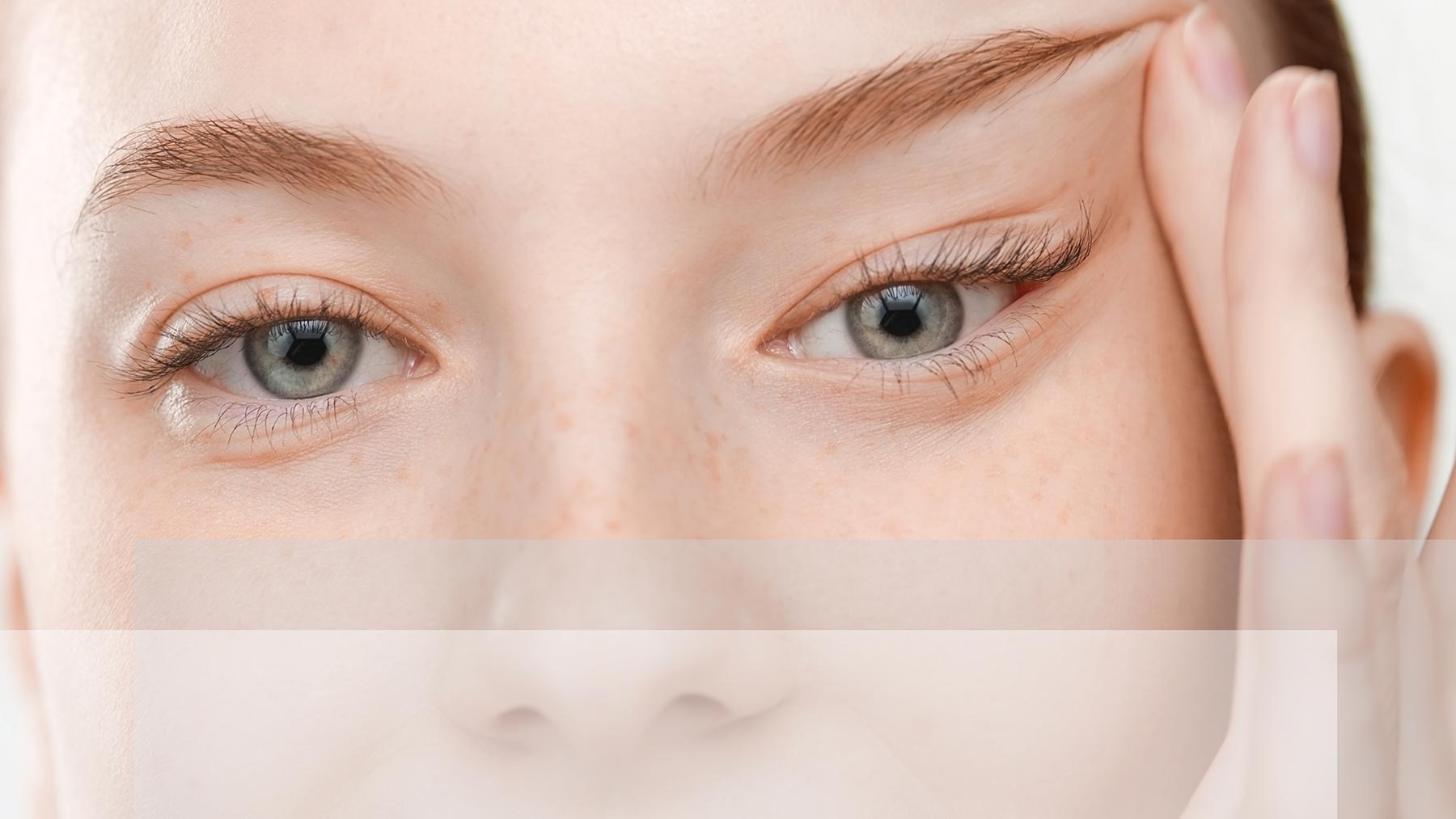Don't Look Past Low Lying Lids

When you look in the mirror, what's the first thing you notice about your eyes? Is it your iris, the colored part of your eye ? Is it your lashes? Or do you find yourself unable to see past your tired-looking eyelids?
If you've noticed your lids are lying lower than usual, it's likely not your imagination. You may be one of the millions of people suffering from acquired ptosis, also called low-lying eyelids, and not even be aware of it! Acquired ptosis is typically caused by the stretching and weakening of eyelid muscles over time, but can also be caused by things like cataract surgery, excessive eye rubbing, contact lens wear, or an underlying medical condition can result in acquired ptosis in adults of any age.
Think you might be one of many suffering with low-lying lids? You aren't alone. One online survey of 10,000 women between the ages of 20-70 years old indicated that up to 60% of adult women in the US may self-identify as having ptosis. Despite the large number of people living with acquired ptosis, many people go undiagnosed, and even fewer actually receive treatment for the condition.
Cases of acquired ptosis can range between mild, moderate, and severe, and can affect one or both eyes. In severe cases of ptosis, you may even experience limited or blocked vision due to your eyelids covering their pupils. That's right – low lying lids don't just affect how you see yourself; they can also impact daily activities like reading, watching TV, driving, and using a computer.
If you think you might have low-lying lids, don't wait to talk with your healthcare provider about what it means to have acquired ptosis and the different types of treatment options available to you.
